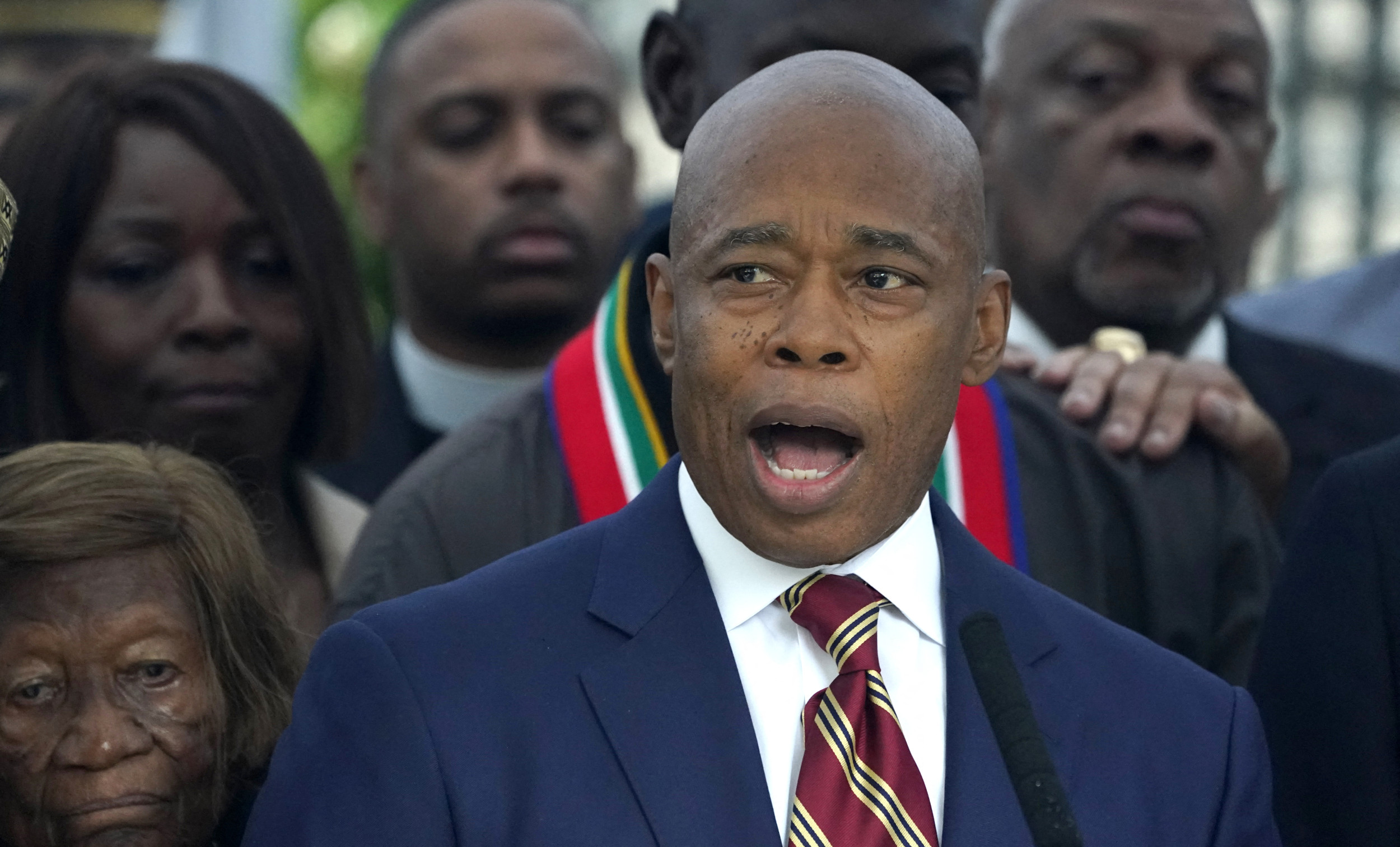Next to a 36-story Turkish consulate stands a cozy 13-story apartment building, favored by families. Recent events have put the spotlight on New York City’s mayor, Eric Adams, who faces serious allegations involving the Turkish government.
According to court documents, Adams is accused of pressuring the city’s Fire Prevention Chief and his superior to issue an “unprecedented” approval for the consulate, in exchange for luxury travel accommodations from Turkish officials. This alleged coercion occurred just a day before Adams attended a ceremony honoring the New York Fire Department on the 20th anniversary of 9/11.
The Turkish government reportedly bribed Adams to bypass fire department regulations so that Turkish President Recep Tayyip Erdoğan could inaugurate the new consulate during his visit for U.N. Week. The building, valued at nearly $300 million, was set to be unveiled by Erdoğan, who resides in a lavish palace in Turkey.
The Ambassador East apartment block at 330 East 46th Street is designated for local children attending Beekman Hill International public school, among other residential buildings in the area.

Timothy A. Clary/Getty Images
Adams is now the first sitting mayor in New York’s history to be charged criminally, facing allegations of conspiracy to commit wire fraud, federal program bribery, and soliciting contributions from foreign entities among other charges in a 57-page indictment.
This week, the FBI conducted a pre-dawn raid on Adams’s residence, Gracie Mansion, coinciding with the unsealing of the indictment.

Google Street View
In September 2021, a senior Turkish official allegedly reminded Adams that it was time for him to reciprocate support by facilitating the consulate’s opening, even without a fire inspection. The indictment details a direct threat from the official, indicating that failing to comply could jeopardize the jobs of key fire department personnel.
Adams is accused of assuring the Turkish official that he would handle the matter. When fire safety inspectors identified serious defects in the consulate building, they reportedly communicated that the structure was unsafe for occupancy, but pressure from Adams led to a conditional approval letter being drafted by the Fire Prevention Chief—something unprecedented in FDNY procedures.

Angela Weiss/Getty Images
Their correspondence highlighted numerous fire safety violations that would usually warrant a violation order, raising questions about the integrity of the approval process under Adams’s influence. As the case develops, all eyes remain on both the mayor’s office and the implications for public safety in New York City.
